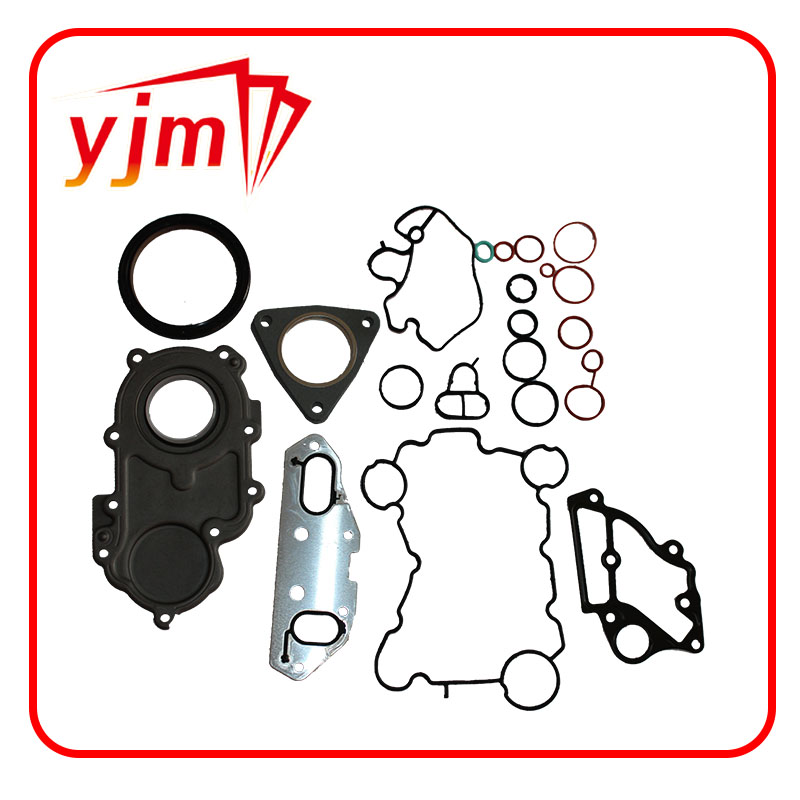transmission rear output shaft seal
Understanding the Transmission Rear Output Shaft Seal
The transmission rear output shaft seal is a crucial component in the drivetrain of many vehicles, playing a vital role in maintaining proper function and longevity of the transmission system. This seal is situated at the rear of the transmission, where the output shaft exits the transmission case. Its primary purpose is to prevent transmission fluid from leaking out and to keep contaminants from entering the transmission.
Importance of the Output Shaft Seal
Transmission fluid is essential for lubricating the internal components of the transmission, ensuring smooth operation and effective gear shifts. The rear output shaft seal maintains the appropriate fluid level within the transmission by preventing leaks. A malfunctioning seal can lead to significant problems, such as reduced lubrication, overheating, and eventual transmission failure. Detecting early signs of leakage is critical, as it can save vehicle owners from costly repairs and extensive damage in the long run.
Common Symptoms of a Failing Seal
1. Fluid Leaks One of the most noticeable signs of a failing rear output shaft seal is the presence of transmission fluid puddling under the vehicle. The fluid is typically red or brown in color and has a distinctive smell. Not addressing this issue promptly can lead to a substantial loss of hydraulic fluid, resulting in poor transmission performance.
2. Slipping Gears If the transmission is not receiving adequate fluid due to a leak from the output shaft seal, it may start to slip out of gears. This condition can make driving unsafe and less efficient, as the transmission struggles to engage properly.
transmission rear output shaft seal

3. Warning Lights Modern vehicles are outfitted with various sensors, and transmission fluid loss can trigger a warning light on the dashboard. Paying attention to these alerts can help in addressing the issue before it escalates into a more serious malfunction.
Replacement and Maintenance
Replacing a compromised transmission rear output shaft seal is essential to the health of the transmission system. While the process can vary depending on the make and model of the vehicle, it typically involves removing the driveshaft and possibly other components to access the seal. Installation of the new seal should be done carefully to ensure a proper fit and seal against future leaks.
Regular maintenance of the transmission, including checking fluid levels and conditions, can prolong the life of the rear output shaft seal. It is advisable to consult a qualified mechanic if there are any signs of leakage or abnormal performance. Regular fluid changes, as per the manufacturer's recommendations, will also help in maintaining the integrity of the seal and overall transmission health.
Conclusion
In summary, the transmission rear output shaft seal is an integral component that ensures the efficient functioning of a vehicle’s transmission system. Regular maintenance and prompt attention to any symptoms of failure can prevent costly repairs and enhance the vehicle's overall lifespan. Understanding the importance of this component can empower vehicle owners to take proactive measures, ensuring that their vehicle operates smoothly and reliably. Whether you’re a car enthusiast or a casual driver, keeping a keen eye on the condition of your transmission system is a key part of effective vehicle ownership.
-
Understanding Automotive Oil Seals: Essential Components for Engine and Shaft Protection
News Jul.30,2025
-
The Importance of Heavy Duty Seals in Industrial and Residential Applications
News Jul.30,2025
-
Exploring Industrial Oil Seals: From Felt Oil Seals to TTO and CFW Solutions
News Jul.30,2025
-
Essential Guide to Oil Seals: From Radial to Metal-Cased Seals for Industrial Reliability
News Jul.30,2025
-
Choosing the Right Oil Seals and Gaskets for Industrial and Automotive Applications
News Jul.30,2025
-
Cassette Seals: Durable Sealing Solutions for Harsh Environments
News Jul.30,2025
-
Understanding the Front Main Engine Seal: Purpose, Maintenance, and Installation
News Jul.29,2025
Products categories















